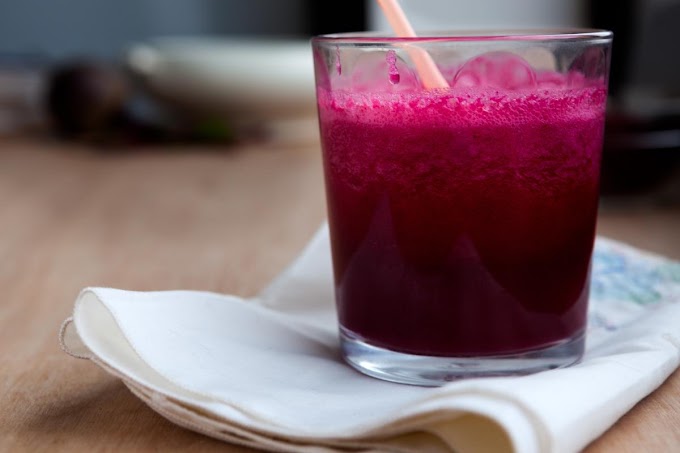In this blog, we’ll take you through the process of making a simple mustard sauce at home and offer tips on how to adjust the recipe to suit various dishes.
Why Make Your Own Mustard Sauce?
Store-bought mustard sauces are convenient, but nothing beats the freshness and personalized touch of a homemade version. Here are some reasons why making your own mustard sauce is a great idea:
Control Over Ingredients: You can avoid preservatives, artificial flavors, and other additives often found in commercial mustard sauces.
Customization: You can adjust the flavors by adding or subtracting ingredients, making the sauce as spicy, sweet, or tangy as you like.
Versatility: Homemade mustard sauce can be used in a variety of ways, from a condiment to a salad dressing or a marinade.
Cost-Effective: Making mustard sauce at home is generally cheaper than purchasing specialty mustard sauces from the store, and you can make it in bulk.
The Basics of Mustard Sauce
At its core, mustard sauce is made from mustard seeds, vinegar, and a few other basic ingredients. There are several different types of mustard seeds you can use, each providing a slightly different flavor profile.
Yellow Mustard Seeds: These are the mildest and are commonly used in classic American-style mustard.
Brown Mustard Seeds: These have a spicier kick and are used in Dijon or spicy mustard sauces.
Black Mustard Seeds: These are the most pungent and are often used in Indian cooking.
For a basic mustard sauce, yellow mustard seeds are often preferred, though you can mix different seeds to get a more complex flavor.
Ingredients for a Simple Mustard Sauce
Here’s a list of ingredients you’ll need for making a basic mustard sauce:
¼ cup yellow mustard seeds (or a mix of mustard powder and whole seeds for texture)
½ cup vinegar (white wine vinegar or apple cider vinegar works well)
¼ cup water
2 tablespoons honey (optional, for a hint of sweetness)
1 teaspoon salt
½ teaspoon turmeric (for added color and a slight earthy flavor)
1 tablespoon olive oil (for richness and smoothness)
Optional: Pinch of sugar or paprika for added flavor.
Method for Making Simple Mustard Sauce
Follow these easy steps to create your homemade mustard sauce:
Step 1: Soak the Mustard Seeds
The first step to making mustard sauce is to soften the mustard seeds by soaking them. Place the mustard seeds in a bowl and add the vinegar and water. Let the seeds soak for at least 3-4 hours, but overnight soaking is ideal for best results. This process softens the seeds and enhances their flavor.
Step 2: Blend the Mustard Seeds
After soaking, the seeds will be plump and ready to grind. Transfer the seeds and their liquid into a blender or food processor. Blend the mixture until it reaches the consistency you desire. For a smooth mustard sauce, blend for 2-3 minutes. If you prefer a grainy mustard, pulse the blender a few times until the seeds break down but still leave some texture.
Step 3: Add the Seasonings
Once the mustard mixture is blended to your liking, it’s time to add the other ingredients. Add salt, honey (if you’re using it), turmeric, and olive oil to the mustard blend. Stir or blend the mixture again to incorporate the flavors evenly.
Step 4: Adjust the Flavor
Taste the mustard sauce to see if it needs any adjustments. You can tweak the flavor according to your taste preferences. For more tanginess, add extra vinegar. For more sweetness, increase the honey. If you want the mustard sauce spicier, you can add a pinch of paprika or even some chili flakes. Let your palate guide you through this step.
Step 5: Let the Sauce Sit
Once the mustard sauce is prepared, let it sit for at least a few hours to allow the flavors to meld together. Mustard can taste very sharp immediately after preparation, but it mellows out as it sits. Storing the mustard sauce in the fridge for 24 hours will give you the best flavor.
How to Store Mustard Sauce
Homemade mustard sauce can be stored in an airtight container or a jar in the refrigerator. It typically lasts for up to two weeks, though the flavor may continue to develop and mellow the longer it sits.
You may notice that the mustard sauce thickens slightly after being refrigerated. To thin it out, simply stir in a small amount of water or vinegar until you reach the desired consistency.
Ways to Customize Your Mustard Sauce
One of the best things about making your own mustard sauce is that you can easily customize it to fit different dishes. Here are some ideas:
1. Spicy Mustard Sauce
If you love a bit of heat, you can add some kick to your mustard sauce by using brown mustard seeds, adding a dash of cayenne pepper, or even mixing in some freshly chopped chili peppers.
2. Honey Mustard
For a sweeter mustard sauce, increase the amount of honey or maple syrup in the recipe. Honey mustard is perfect for drizzling over salads or as a dipping sauce for chicken tenders.
3. Herb-Infused Mustard
Fresh herbs like dill, thyme, or tarragon can be mixed into the mustard sauce for a more complex flavor. Herb-infused mustard works great with grilled meats or in salad dressings.
4. Creamy Mustard Sauce
If you prefer a richer sauce, mix in a little mayonnaise or Greek yogurt to create a creamy mustard sauce. This is ideal for sandwiches or as a dipping sauce for fries.
Using Your Mustard Sauce
Now that you’ve made your mustard sauce, the possibilities are endless when it comes to incorporating it into your meals. Here are a few ways to use your homemade mustard sauce:
As a Dip: Serve your mustard sauce with soft pretzels, roasted vegetables, or French fries for a flavorful dip.
On Sandwiches and Burgers: Spread mustard on sandwiches, wraps, or burgers for a burst of tangy flavor.
In Salad Dressings: Mix mustard sauce with olive oil, lemon juice, and honey for a quick and delicious salad dressing.
As a Marinade: Use mustard sauce as a marinade for chicken, pork, or fish before grilling or roasting.
Final Thoughts
Making mustard sauce at home is a fun, simple, and rewarding process. With just a few basic ingredients, you can create a condiment that can enhance countless dishes. Plus, the ability to customize it according to your taste means that you'll always have a mustard sauce that perfectly suits your needs. So, the next time you're craving that extra zing of mustard in your meal, skip the store-bought version and whip up a fresh batch in your own kitchen!








Social Plugin